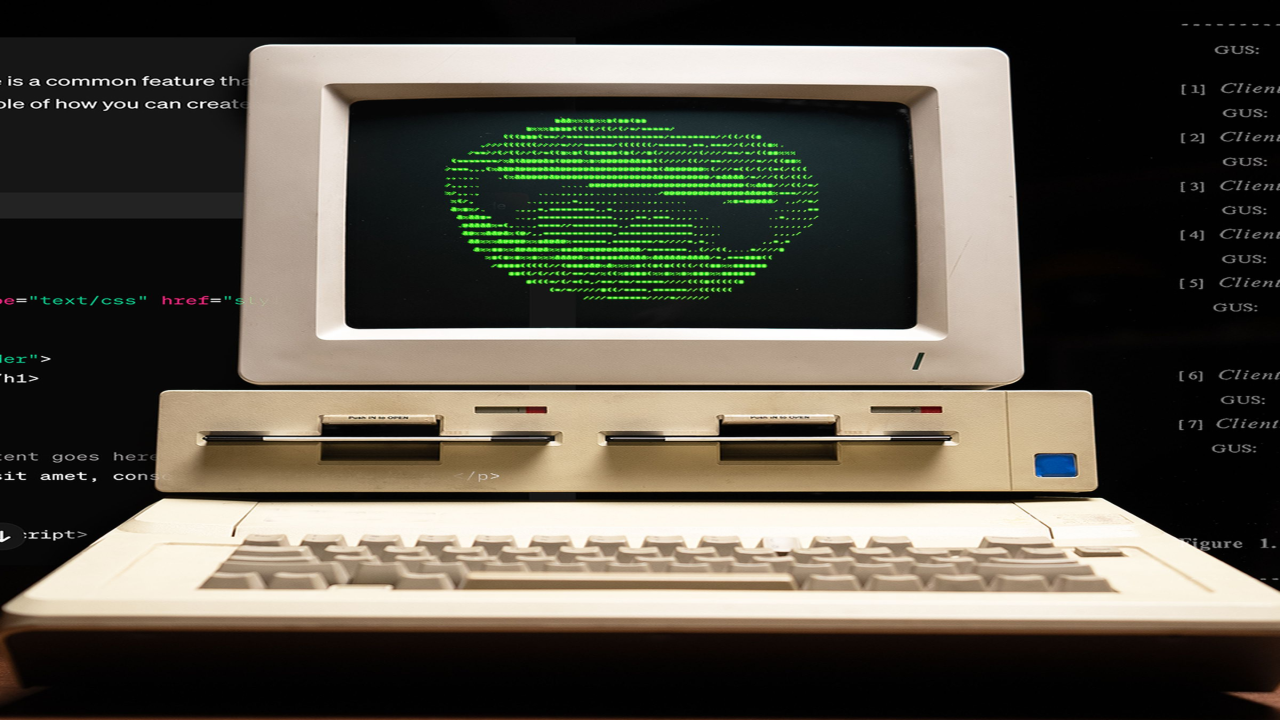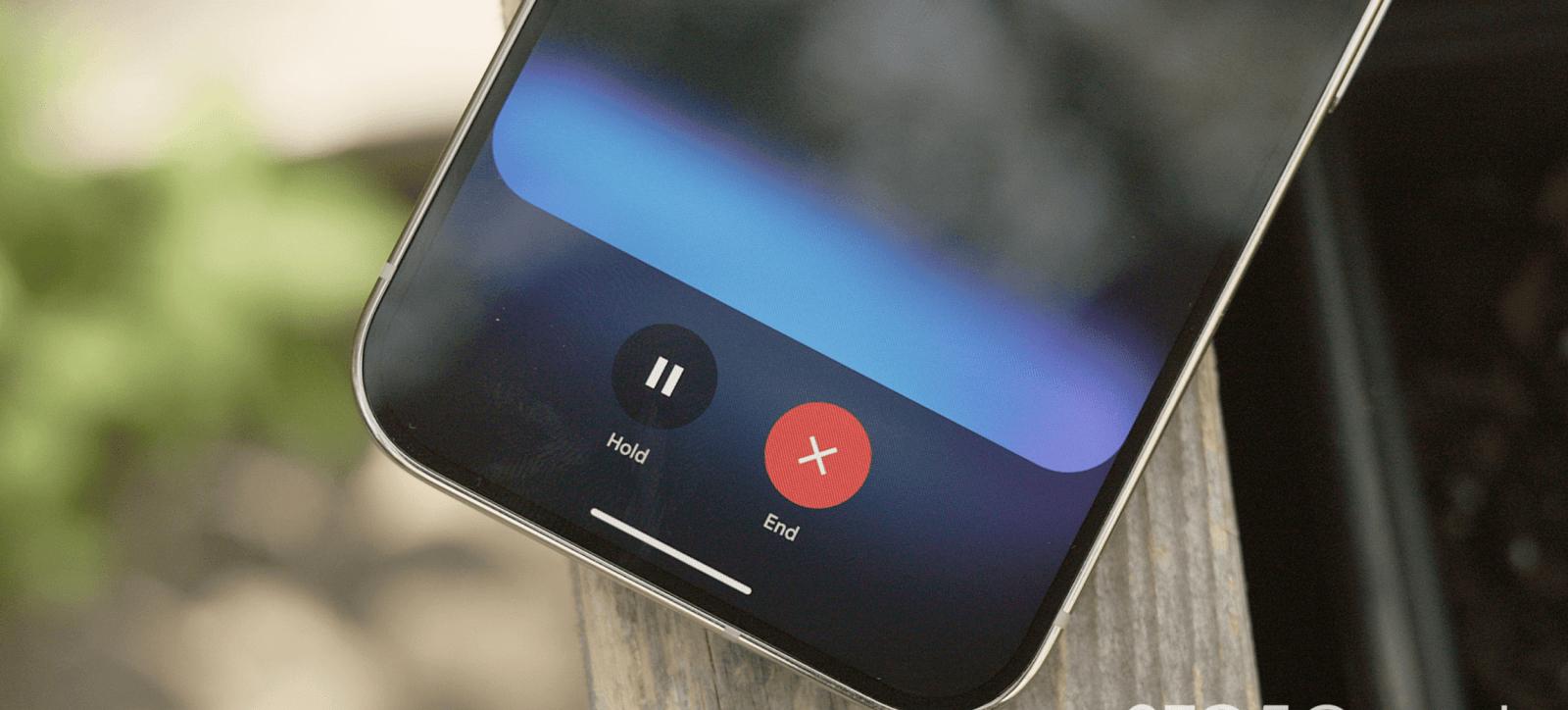The Evolution of Chatbots: From Eliza to ChatGPT
Discover the fascinating 60-year history of chatbots, starting from the groundbreaking Eliza to the revolutionary ChatGPT. Explore how chatbot technology has evolved and its potential impact on our lives.

Chatbots have come a long way since their inception in the 1960s. From the primitive but groundbreaking Eliza to the advanced and versatile ChatGPT, the evolution of chatbot technology has been driven by the desire to create more human-like interactions with computers. In this article, we will delve into the rich history of chatbots and explore the significant milestones that have shaped their development.
The story begins with Joseph Weizenbaum, a professor at MIT, who created Eliza in the 1960s. Eliza was programmed to simulate a conversation with a human, acting as a therapist. Although its responses were based on predefined patterns and keywords, Eliza was able to engage users and make them believe they were talking to a human. This breakthrough demonstrated the power of human-computer interaction and sparked the interest of developers and engineers.
Over the years, numerous chatbots emerged, each with its own unique features and capabilities. From Dr. Sbaitso to Parry and Alice, these early chatbots paved the way for future advancements. In the early 2000s, SmarterChild gained popularity as an AIM bot, introducing many users to the concept of interactive computer conversations.
The rise of voice assistants, such as Siri, Alexa, Cortana, and Bixby, marked another significant milestone in the evolution of chatbots. These assistants aimed to change the way we interacted with our devices and accomplish tasks through voice commands. However, despite their widespread adoption, they fell short of fully emulating human-like conversations and performing complex tasks.
Today, we find ourselves on the cusp of a new era in chatbot technology. ChatGPT and Google Gemini, powered by advanced language models, offer greater capabilities in understanding and responding to user queries. These chatbots are designed to converse with users in a more natural and human-like manner, bridging the gap between human-computer interaction.
While these advancements are impressive, they are not without their challenges. Chatbots still encounter limitations, such as generating inaccurate or nonsensical responses and occasional system crashes. However, the progress made so far indicates that we are closer than ever to achieving conversational computers that can truly understand and assist us.
The emergence of powerful chatbots raises important questions about their integration into our lives. Is it exciting to envision a computer as an assistant or friend, or does it evoke concerns about the blurring boundaries between humans and machines? The development of AI companions, such as those from Meta, Replika, and Character.AI, presents both opportunities and ethical considerations.
As chatbot technology continues to evolve, we must evaluate how well these bots can perform tasks and how reliable they are in assisting us. The conversation-driven approach to computing, advocated by Joseph Weizenbaum decades ago, might indeed be the future of human-computer interaction. The ongoing advancements in chatbot technology bring us closer to answering this question conclusively.
In conclusion, the 60-year history of chatbots is a testament to our relentless pursuit of creating more human-like interactions with computers. From the early days of Eliza to the present-day ChatGPT, chatbots have undergone significant advancements, offering us glimpses into the potential future of computing. As technology continues to progress, we must navigate the ethical implications and assess how chatbots can enhance our lives while ensuring they remain reliable and trustworthy companions.
What's Your Reaction?





















